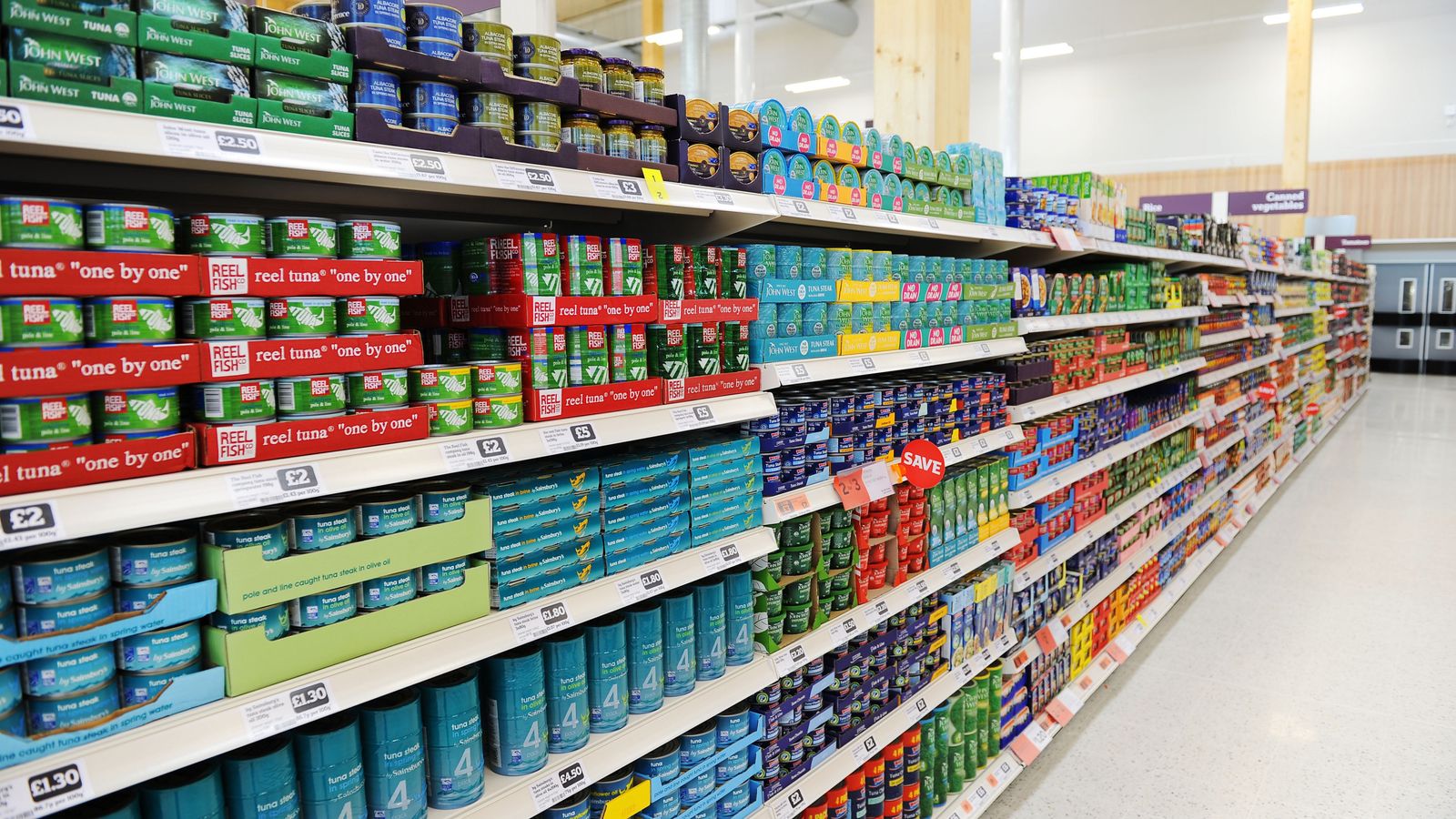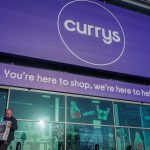There have been some suggestions that people struggling the most with the cost of living who opt to buy the cheapest “own brand” products are experiencing the steepest inflation.
Today’s experimental data from the Office for National Statistics (ONS) seems to dispel that claim.
There is, however, huge value in trying to assess how different groups of people are experiencing inflation and what products in particular are driving it, and this data offers some interesting insights.
Two signs UK housing market may be slowing – cost of living latest
The ONS looked at the cheapest versions of 30 of the most everyday food and drink items across different supermarkets.
Remember, the normal inflation rate, the Consumer Price Index (CPI), is calculated by assessing the price of an “average” basket of goods and services and how it has changed over a year.
The basket includes over 700 items, many that are high value and discretionary. Things like new cars, boats, smartwatches, champagne, whisky, and cigars are all on the list – things that people really struggling with the cost of living are unlikely to be buying.
Ukraine war: Oil prices surge as EU meets to discuss Russian energy ban
Cost of living latest: There are two signs UK housing market may be slowing
Cost of living: Data reveals how even the cheapest supermarket food items are surging in price
This data, while experimental and to be treated with caution, gives a more accurate picture.
It found that overall, the cheapest versions of these 30 everyday items are rising roughly in line with inflation across all food and non-alcoholic drink products, up by 6% in the 12 months to April, compared with 6.7% across the board.
But look below the surface and there are some real disparities. Ten items, in fact, have risen by over 10% – pasta, for example, has gone up a whopping 50%, while potatoes are down 14% and cheese has fallen by 7%.
Read more:
Britons warned to expect ‘apocalyptic’ food prices
How much is your spending going up? Use our cost of living calculator
Please use Chrome browser for a more accessible video player
But the data also offers clues about how careful shoppers are needing to be. It found, for example, that the difference between the lowest-cost version of an item and the next lowest-cost version is often large; regularly as much as 20% or more.
While it may be a relief that the poorest are not facing worse food inflation, the fact still remains that these rates will hit the poorest households harder.
Indeed, the IFS has calculated that the bottom 10% of the population in terms of income faced an inflation rate of 10.9%, which was three percentage points higher than the inflation rate of the richest 10%.
Larger proportions of the incomes of these households are needed for basic food and energy essentials.
Times are certainly still tough.






















